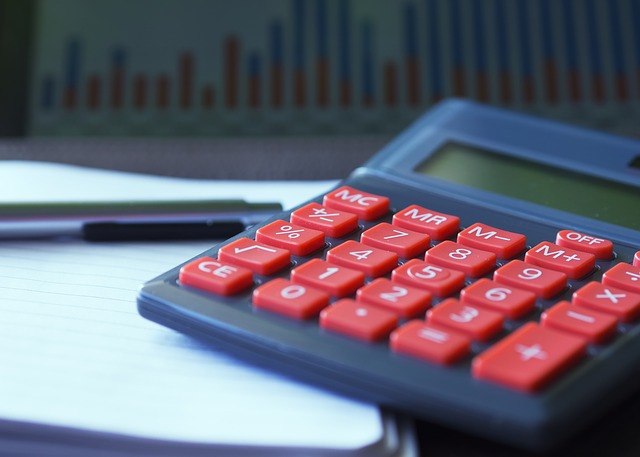Sustainable Building and Its Effect on the Economy
A recent study conducted by the United States Green Building Council suggests that sustainable building practices are a strong driving force in today’s economy. Between 2011 and 2014, the green building industry generated a whopping $167.4 billion in gross domestic product and supported over 2 million jobs. From now until 2018, spending on green building projects is expected to increase 15.1% year over year. That means more jobs, more income, and a booming economy–all thanks to sustainable building.
So, what’s the cause of this economic boom? In truth, there are a lot of factors at play but here are the ones that carry the most weight:
Broad Appeal
As a practice and as an industry, sustainable building harnesses its power from its broad appeal. Not only does sustainability provide building managers and developers with solutions to common tenant issues, but it also markets itself to buyers and renters as a contributor to physical and financial health. For many, the promise of well-being and low operating costs can boost interest and raise the stakes for those looking to rent or buy. Since saving money and improving health are such far reaching concepts, they continue to drive the development of sustainable buildings which helps boost community health and economics.
New Political Policy
In August of 2015, President Obama unveiled the Clean Power Plan which aims to reduce carbon pollution by 32% from existing power plants by 2030 while also increasing the use of clean and renewable energy. The ultimate goal is to put a halt on climate change. And to do this, energy efficiency must become a top priority for government representatives and the general public. As a matter of fact, this new policy is expected to generate thousands of clean energy jobs and increase sustainable building spend. So, it’s a policy with a lot of incentive to move things forward.
Better Technology
As awareness of sustainability increases, so does the need for easier ways to implement sustainable practices. Thankfully, advances in technology are sparking new innovations, some of which might seem to teeter on the Sci-Fi end of things. But these innovations, like Boysen’s air cleaning paint, are very real. This product in particular reduces harmful emission from the air all on its own.
Another innovation that’s made sustainable building simpler is the smart electrochromic window. These windows respond to environmental conditions like heat and sunshine to determine how much artificial lighting and temperature control is necessary within a building.
All of this new technology and innovation is aimed at creating a space that’s healthy, desirable, and cost-effective. In some corporate buildings already, machine-to-machine technology is helping employees feel more at ease and work at a more productive pace.
Now, what’s all that have to do with the economy? In short, these specific factors make it more feasible to go green, both financially and logistically. As more people become aware of the need for sustainability and better technology becomes available, the sustainable building industry positions itself to offer the following:
- Boost in Employment: In recent years, the sustainable building industry contributed over $148 billion in income to American workers. By 2018, it will account for nearly 4 million jobs and around $268 billion in income. These numbers suggest that sustainable building is poised to far outpace the traditional construction industry.
- Financial Gains: For corporations, conducting business in a sustainable environment often translates into the kind of financial gains that would likely be intangible without the help of sustainable practices. After going green, employers can typically expect less absenteeism and staff turnover, reduced medical costs and complaints, and fewer criticisms of the physical work environment. The outlook is great for building owners as well. The USGBC reports that owners of existing green buildings could see a 19.2% improvement in ROI while owners of new green projects could see a 9.9% improvement.
- Higher Quality Buildings: Because of the careful planning and material selection that goes into sustainable buildings, they are often of higher quality than traditionally built structures. And although that can mean higher rents, most are willing to pay for the quality and health benefits they’re getting. This is especially true for corporate tenants who look forward to higher productivity rates and turning a bigger profit over the long term.
Whether finances or health concerns drive the push toward a greener, more sustainable world, one thing remains clear: the sustainable building industry has enough staying power to sustain us long-term and in more than one way.

